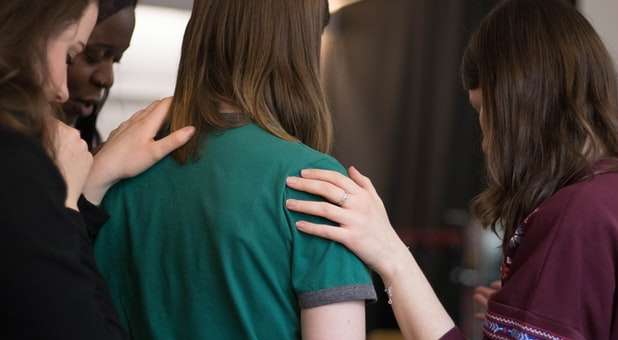I am often struck by the fact that those who are most passionate about something often find it hard to help others get involved with what they are so passionate about. Take prayer for instance.
I recently spoke in a large church where the prayer team had set up my visit 18 months earlier. During the intervening time, this prayer team had been desperately praying for a more visible hunger for prayer in the church—and in the senior pastor.
While the meetings and my connection with the senior pastor were great, I saw a common problem there—one pointed out by the pastor. The very people most passionate about prayer—those on the prayer team—were a hindrance to its growth. They were zealots about prayer. But they couldn’t relate practically. They loved prayer, but their view of what to shoot for in corporate prayer was impractical. They wanted a dynamic, two-hour prayer meeting that would not compete with anything else for the evening time slot.
A worthy goal, but not likely in their large church. And the prayer meeting they did hold was characterized by a few people praying very long prayers. The result was that they intimidated other people.
Following a session I taught on discovering your prayer personality, a women came up to me and told me that she went to the prayer meeting but never prayed. Why? “Because,” she told me, “I cannot pray like the people there.”
Many people who want to see prayer grow in their churches fail because they do not nurture the prayer level of the average believer. Instead, when they gather for corporate prayer, they do what I call “pray personal prayers in a group setting.” In other words, they pray exactly as they would pray if they were alone. They go on and on—passionately—while other are left to listen, and unfortunately, to think, I can’t pray that way, so this is not for me.
Jesus often went away to pray by Himself—and He prayed all night on many occasions. But when others were around, His prayers were short. His model prayer, which used plural pronouns (a corporate prayer)—with pauses for effect probably took no more than a minute. The longest prayer we see of His—John 17—maybe took four or five minutes. His public prayer in John 11:41-43 took only seconds, yet raised a man from the dead!
There is a protocol that needs to be followed in public prayer meetings. Many mature “pray-ers” ignore it—to the prayer meetings’ detriment. If your church wants to see more people—average believers—come out to prayer gatherings, then you need to be sensitive to those just beginning to venture into corporate prayer. Keep your prayers short and simple. Save your deepest, most passionate prayers for your prayer closet. If struggling “pray-ers” realize that prayer meeting is a safe place to practice their praying, they will come.
Getting mature prayer people to understand the need to change may be difficult. Perhaps you can remind them that even Jesus’ last recording time of praying with others in the garden resulted in people falling asleep.
For more on the best practices for prayer, listen to Pray Beyond on the Charisma Podcast Network. {eoa}
Jonathan Graf is the president of the Church Prayer Leaders Network and a popular speaker and prayer consultant with church leadership teams. Email him at [email protected].











































